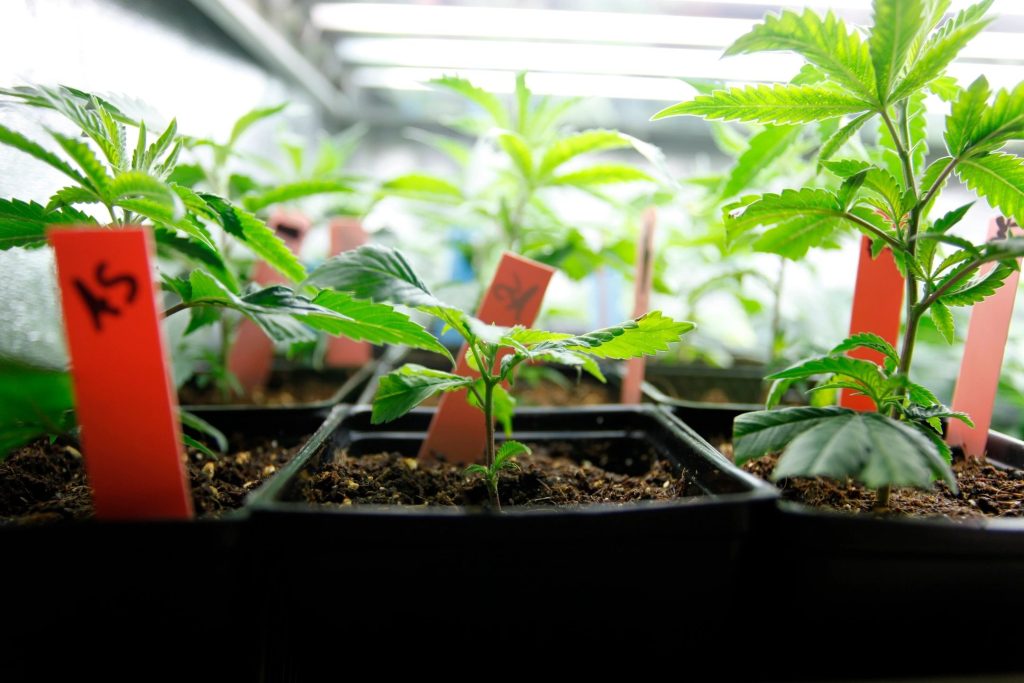
(Alexandria, VA) – Today, the Substance Abuse and Mental Health Services Administration released the 2018 Annual National Survey on Drug Use and Health (NSDUH), the most comprehensive survey on drug use. According to the survey, 45,000 more teenagers are regularly using the drug, marijuana users are more likely to abuse opioids than non-users, and levels of marijuana use disorder continue to rise.
“These new data confirm some of our worst fears about marijuana normalization and commercialization. Big Pot has spent millions on massive PR campaigns in the recent years to promote marijuana use as being safe and data such as this proves it has been effective,” said Dr. Kevin Sabet, president of Smart Approaches to Marijuana and a former senior drug policy advisor to the Obama Administration. “Use rates of drugs are falling almost across the board, but marijuana use remains stubbornly high. We must see through the haze and put science ahead of ideology.”
According to the study, an average of 8,400 Americans aged 12 or older tried marijuana for the first time each day in 2018. This is an increase of 100 users per day from last year’s study. Furthermore, the majority of people in 2018 who reported first time marijuana use were between the ages of 12-25.
Approximately 4.4 million people aged 12 and older had a marijuana use disorder in the last year. Breaking this out further, 2.1 percent of youths aged 12-17, 5.9 percent of young adults aged 18-25, and 0.9 percent of adults 26 and older suffered from a marijuana use disorder. The percentage of young adults with a marijuana use disorder is significantly higher than last year and is the highest it has been since 2004.
The data on use in American youth aged 12-17 show an upward trend in use rates over the last few years, with use among this population at 12.5 percent. According to the report, about 1 in 8 (or 3.1 million) adolescents were past year users of marijuana. Almost 12 million young Americans 18-25 (34.8 percent) reported past year use. This percentage is on par with 2017 levels and continues to represent the highest level of use in the past 25 years.
Additionally, the study found 15.4 percent of past year daily marijuana users reported past year opioid misuse, 19.1 percent reported past month heavy alcohol use, 17.1 percent reported past year cocaine use, 4.1 percent reported past year methamphetamine use, 17.9 percent reported a major depressive episode, and 14 percent reported a serious mental illness.
While rates of use of most drugs are falling, marijuana use is bucking the trend with a consistent upward trajectory. Not only are marijuana use rates continuing to rise, but the rate of perceived risk from marijuana among young people continues to plummet.
In a presentation on the data, SAMHSA Assistant Secretary Elinore McCance-Katz stated: “Too often I’m still hearing that marijuana is safer than alcohol, I believe that this NSDUH data proves that to be a false statement. Marijuana is not safer than alcohol and it confers very serious risks for poly-substance use and for serious mental disorders.”
“As the marijuana industry and its promoters tout the drug as a miracle cure-all, young, susceptible individuals are being caught up in the undertow, with possibly disastrous results,” continued Dr. Sabet. “The literature tells us that even low potency pot can have lasting, damaging effects on developing brains such as a loss of IQ points and issues with memory and learning capabilities. With the proliferation of super potency, kid-friendly marijuana products, we are now beginning to see drastic increases in severe mental illness and addiction. It is time we put public health above the corporate profits of Big Pot.”
###